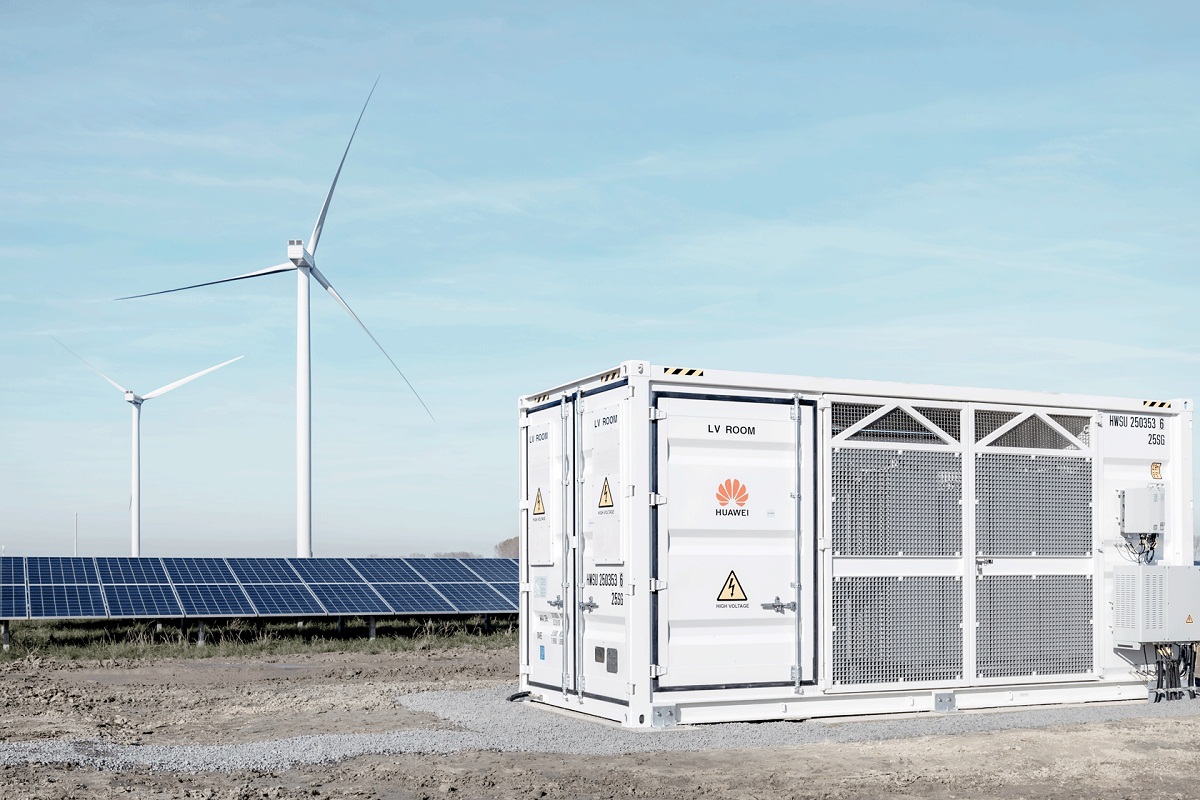

Articles
How To Store Wind Energy In Batteries
Modified: December 7, 2023
Learn how to store wind energy in batteries with our informative articles. Discover the best practices and technologies for efficient energy storage
(Many of the links in this article redirect to a specific reviewed product. Your purchase of these products through affiliate links helps to generate commission for Storables.com, at no extra cost. Learn more)
Introduction
Storing wind energy has become increasingly crucial in our efforts to transition to a more sustainable and renewable energy future. As one of the cleanest sources of energy available, wind power offers the potential to reduce our dependence on fossil fuels and mitigate the impact of climate change.
However, one of the key challenges of harnessing wind energy is its intermittent nature. Wind speeds are not constant throughout the day or year, which means that the electricity generated by wind turbines fluctuates. To overcome this challenge and ensure a reliable and continuous energy supply, it is essential to store excess wind energy for future use.
Energy storage technologies, particularly batteries, play a vital role in capturing and storing wind energy efficiently. They enable us to store excess energy during periods of high wind generation and release it during periods of low or no wind. By doing so, we can ensure a consistent energy supply and maximize the utilization of wind power.
This article explores the importance of storing wind energy and delves into various battery technologies used for this purpose. We will examine the advantages and limitations of each technology, as well as emerging battery technologies that show promise in wind energy storage. Additionally, we will discuss the challenges associated with storing wind energy and the factors to consider when selecting the most suitable battery for a wind energy storage system.
By understanding the different battery technologies available and their capabilities in storing wind energy, we can make informed decisions to promote the widespread adoption of renewable energy sources and contribute to a more sustainable future.
Key Takeaways:
- Storing wind energy is essential for a sustainable future, and battery technologies like lithium-ion, flow, sodium-ion, and emerging options play a crucial role in efficiently capturing and utilizing excess wind energy.
- Overcoming challenges such as intermittency, energy density, cycle life, cost, scalability, and environmental impact is crucial for optimizing wind energy storage. Careful consideration of factors like energy density, cycle life, efficiency, and safety is necessary when selecting a battery for wind energy storage.
Read more: How To Store A Battery
Importance of Storing Wind Energy
Storing wind energy is essential for several reasons. Firstly, it allows us to bridge the gap between energy production and demand. Wind power generation is intermittent, as wind speeds fluctuate throughout the day and seasonally. By capturing and storing excess energy during periods of high wind generation, we can ensure a continuous and reliable energy supply during times of low wind or increased demand.
Secondly, storing wind energy enables us to optimize the utilization of wind power resources. Wind turbines often generate more energy than is immediately needed. Rather than wasting this excess energy, it can be captured and stored for later use, maximizing the efficiency and overall output of wind power installations.
Furthermore, storing wind energy facilitates the integration and stability of renewable energy systems. Wind power is often integrated into existing power grids, which predominantly rely on conventional energy sources. However, the intermittent nature of wind energy poses challenges for grid stability. By storing excess wind energy and releasing it during periods of increased demand, we can balance the supply and demand of electricity and ensure grid stability.
Additionally, storing wind energy contributes to reducing greenhouse gas emissions and dependence on fossil fuels. Wind power is one of the cleanest energy sources available, producing no direct emissions of pollutants or greenhouse gases during operation. By storing and utilizing wind energy, we can displace the need for energy derived from fossil fuels, consequently reducing our carbon footprint and mitigating climate change.
Moreover, energy storage systems, such as batteries, offer decentralized and off-grid solutions. They can be deployed in remote areas where grid infrastructure is limited or non-existent. These systems allow for the establishment of microgrids powered by wind energy, providing electricity to communities that have limited access to traditional power sources. Storing wind energy enables self-sufficiency and empowers communities to become more resilient.
The importance of storing wind energy extends beyond the immediate benefits of a reliable energy supply and reduced emissions. It plays a vital role in accelerating the transition to a sustainable energy future and achieving global climate goals. By addressing the intermittency challenge, optimizing wind power utilization, and contributing to grid stability, energy storage technologies significantly enhance the value and impact of wind energy.
Battery Technologies for Storing Wind Energy
Batteries are among the most common and effective energy storage technologies used for storing wind energy. They enable the capture, storage, and subsequent release of excess energy generated by wind turbines. There are several battery technologies available, each with its unique characteristics and suitability for different applications.
Lithium-ion Batteries: Lithium-ion batteries are widely used for energy storage due to their high energy density, long cycle life, and fast charge/discharge capabilities. These batteries are commonly found in consumer electronics and electric vehicles, but they are also gaining popularity in renewable energy applications. Lithium-ion batteries offer high efficiency and can be easily connected to wind power installations to store excess energy and deliver it when needed.
Flow Batteries: Flow batteries are a type of rechargeable battery that uses two separate liquid electrolyte solutions stored in tanks. These solutions flow through a stack of electrochemical cells, generating electricity. Flow batteries have the advantage of decoupling power and energy capacity, making them suitable for large-scale energy storage applications. They offer long cycle life, rapid response times, and can be easily scaled up to meet the demands of wind energy storage.
Sodium-ion Batteries: Sodium-ion batteries are emerging as a promising alternative to lithium-ion batteries. They use sodium ions instead of lithium ions for energy storage. Sodium-ion batteries are relatively low-cost, abundant, and environmentally friendly. They exhibit similar performance characteristics to lithium-ion batteries and show promise in renewable energy storage applications. However, further research and development are still needed to optimize their performance and commercial viability.
Solid-state Batteries: Solid-state batteries are an advanced energy storage technology that replaces the liquid or gel electrolyte found in traditional batteries with a solid-state electrolyte. These batteries offer several advantages, including higher energy density, improved safety, and longer lifespan. Solid-state batteries have the potential to revolutionize energy storage and enable higher-capacity wind energy storage systems. However, they are still in the early stages of development and are yet to reach mass production.
Other Emerging Battery Technologies: In addition to the mentioned battery technologies, several other emerging alternatives are being explored for wind energy storage. These include zinc-air batteries, lithium-sulfur batteries, and hydrogen fuel cells. These technologies aim to address the limitations of existing batteries, such as cost, energy density, and environmental impact. Continued research and development in these areas hold the potential to further optimize energy storage solutions for wind power.
When selecting the most suitable battery technology for storing wind energy, factors such as energy density, cycle life, efficiency, cost, and scalability need to be considered. It is crucial to evaluate the specific requirements of the wind power installation and the intended application of the stored energy. By leveraging the advancements in battery technologies, we can unlock the full potential of wind energy and facilitate its seamless integration into our energy systems.
Lithium-ion Batteries
Lithium-ion batteries are a widely used and popular technology for storing wind energy. They offer numerous advantages that make them a preferred choice for energy storage applications.
High Energy Density: One of the key advantages of lithium-ion batteries is their high energy density. This means that they can store a significant amount of energy in a compact and lightweight package. This makes them ideal for applications where space is limited, such as wind power installations.
Long Cycle Life: Lithium-ion batteries have a long cycle life, which refers to the number of charge and discharge cycles they can undergo before their capacity significantly degrades. This ensures that they can provide reliable performance over an extended period, making them a sustainable choice for wind energy storage.
Fast Charge/Discharge: Lithium-ion batteries have the capability to charge and discharge at a high rate, allowing them to respond quickly to fluctuating energy demands. This makes them well-suited for storing wind energy, as they can efficiently capture excess energy during periods of high wind generation and release it during times of low wind or increased demand.
Efficiency: Lithium-ion batteries offer high efficiency in terms of energy conversion. They can convert captured wind energy into stored energy and vice versa with minimal losses. This ensures that a large proportion of the generated energy can be effectively stored and later utilized, maximizing the overall efficiency of the wind power system.
Scalability: Lithium-ion batteries are highly scalable, allowing for easy expansion of the storage capacity as needed. This makes them suitable for both residential and commercial applications, as well as utility-scale wind energy projects. Whether it is a small-scale wind turbine or a large wind farm, lithium-ion batteries can accommodate the storage requirements.
Availability and Cost: Lithium-ion batteries benefit from large-scale production and wide market adoption, which has resulted in cost reductions over time. They are relatively affordable compared to other advanced battery technologies, making them a cost-effective choice for storing wind energy.
Despite their advantages, lithium-ion batteries also have certain limitations. They can degrade over time, especially if not properly maintained or if exposed to extreme temperatures. Additionally, while the cost has been decreasing, they still have higher upfront expenses compared to traditional lead-acid batteries.
Researchers and manufacturers continue to work on improving the performance, safety, and cost-effectiveness of lithium-ion batteries. This includes advancements in materials, cell designs, and manufacturing processes. As a result, we can expect further enhancements in energy density, cycle life, and overall efficiency in the future.
Lithium-ion batteries have been instrumental in driving the adoption of renewable energy sources, including wind power. Their high energy density, long cycle life, and fast charge/discharge capabilities make them an ideal choice for storing wind energy efficiently and reliably. As technology continues to evolve, lithium-ion batteries will continue to play a crucial role in advancing the storage capacity of wind power installations and facilitating the transition to a sustainable energy future.
Flow Batteries
Flow batteries are a type of rechargeable battery technology that holds great promise for storing wind energy. Unlike traditional batteries, flow batteries use two separate liquid electrolyte solutions that are stored in external tanks. These solutions flow through a stack of electrochemical cells, generating electricity. Flow batteries offer several advantages that make them suitable for large-scale energy storage applications.
Decoupled Power and Energy Capacity: One of the primary advantages of flow batteries is their ability to separate power and energy capacity. Power capacity refers to the rate at which energy can be delivered or absorbed, while energy capacity relates to the total amount of energy that can be stored. This decoupling allows for flexibility in scaling the power and energy capacity independently to meet the specific requirements of wind energy storage.
Long Cycle Life: Flow batteries are known for their long cycle life. The separation of the electrolyte from the electroactive materials in flow batteries reduces the degradation of the active materials during charging and discharging cycles. This results in increased durability and longevity compared to other battery technologies, making flow batteries suitable for applications where frequent cycling is required.
Rapid Response Time: Flow batteries have a rapid response time, allowing them to quickly adjust to changes in power demand or generation. This makes them well-suited for efficiently capturing and storing excess energy generated by wind turbines during periods of high wind speeds. Flow batteries can discharge stored energy rapidly, ensuring a smooth and reliable power supply during periods of low wind or increased demand.
Scalability: Flow batteries are highly scalable and can be easily expanded to increase energy storage capacity. As wind power installations grow in size and capacity, flow batteries can adapt to meet the increasing storage demands. The external tanks that hold the electrolyte solutions can be modified or added to, making it a flexible option for scaling energy storage infrastructure.
Improved Safety: Flow batteries are known for their enhanced safety compared to some other battery technologies. The separation of the reactant components reduces the risk of thermal runaway, making flow batteries less prone to overheating or explosion. This makes them a reliable and safe choice for storing wind energy, particularly in large-scale applications.
While flow batteries offer numerous advantages, they also have certain limitations. Their main challenge is relatively lower energy density compared to some other battery technologies. This means that they may require larger physical footprints to store the same amount of energy. Additionally, the electrolyte solutions used in flow batteries may have limited stability and may need to be periodically replaced or rejuvenated.
Research and development efforts continue to enhance the performance and cost-effectiveness of flow batteries. Various advancements, such as the development of new electrolyte chemistries and flow cell designs, aim to improve energy density, efficiency, and overall system performance.
Flow batteries are emerging as a promising option for large-scale wind energy storage due to their decoupled power and energy capacity, long cycle life, rapid response time, scalability, and improved safety features. As renewable energy sources like wind power continue to gain prominence, flow batteries offer a valuable solution to efficiently capture and utilize excess energy, ensuring a sustainable and reliable energy supply.
Read more: How To Store Batteries
Sodium-ion Batteries
Sodium-ion batteries are an emerging battery technology that shows promise for storing wind energy. These batteries use sodium ions (Na+) instead of lithium ions (Li+) as the charge carriers. Sodium-ion batteries offer several advantages and are being explored as a potential alternative to lithium-ion batteries.
Abundance and Environmental Friendliness: Sodium is abundant and widely available, unlike lithium, which is relatively scarce. This makes sodium-ion batteries a more sustainable option from a resource perspective. Additionally, sodium-ion batteries have less environmental impact during the extraction and manufacturing processes, further enhancing their eco-friendliness.
Similar Performance Characteristics: Sodium-ion batteries exhibit performance characteristics that are comparable to lithium-ion batteries. They have a high energy density, allowing them to store a significant amount of energy relative to their size and weight. Sodium-ion batteries also demonstrate good cycle life, long calendar life, and fast charge/discharge capabilities, making them suitable for storing wind energy.
Compatibility: Sodium-ion batteries can be easily integrated into existing battery technologies and infrastructure. The manufacturing processes for sodium-ion batteries can leverage the expertise and infrastructure already established for lithium-ion batteries. This compatibility allows for a smoother transition and potential cost savings in the adoption of sodium-ion batteries for wind energy storage.
Low Cost: Sodium-ion batteries offer the potential for lower cost compared to lithium-ion batteries. Sodium is more abundant and less expensive than lithium, which can contribute to reducing the cost of battery production. Lower costs make sodium-ion batteries a more affordable choice, facilitating their widespread adoption in renewable energy storage applications.
While sodium-ion batteries offer numerous advantages, there are still challenges and areas for improvement. One of the main challenges is achieving comparable energy density to lithium-ion batteries. Sodium-ion batteries currently have lower energy density, meaning they may require larger physical footprints to store the same amount of energy. Research and development efforts are focused on improving the electrode materials and cell design to enhance the energy density and overall performance of sodium-ion batteries.
Despite the ongoing research, sodium-ion batteries are not yet commercially available on a large scale. Further advancements in materials, manufacturing processes, and overall system performance are needed to ensure their viability for widespread wind energy storage applications. However, with their potential to offer a more sustainable and cost-effective alternative to lithium-ion batteries, sodium-ion batteries hold promise for the future of renewable energy storage.
As the renewable energy sector continues to grow, sodium-ion batteries present an attractive option for storing wind energy. Their abundance, sustainability, comparable performance characteristics, compatibility with existing infrastructure, and potential for lower cost make sodium-ion batteries an exciting prospect for achieving efficient and affordable wind energy storage.
When storing wind energy in batteries, consider using lithium-ion batteries for their high energy density and long cycle life. Make sure to properly size the battery bank to match the energy production of the wind turbine.
Solid-state Batteries
Solid-state batteries are an advanced energy storage technology that holds great potential for storing wind energy. Unlike traditional batteries, which use a liquid or gel electrolyte, solid-state batteries employ a solid electrolyte. This solid electrolyte offers several advantages and opens up new possibilities for energy storage applications.
Higher Energy Density: One of the key advantages of solid-state batteries is their higher energy density compared to traditional batteries. The solid electrolyte allows for a more compact and dense battery cell, enabling the storage of more energy in a smaller footprint. This increased energy density can contribute to more efficient and space-effective wind energy storage solutions.
Enhanced Safety: Solid-state batteries are known for their improved safety features. The absence of a liquid or gel electrolyte reduces the risk of leakage, thermal runaway, and the potential for fire or explosion. This makes solid-state batteries a safer option for wind energy storage, particularly in large-scale installations where safety is of utmost importance.
Longer Lifespan: Solid-state batteries typically have a longer lifespan compared to traditional batteries. The solid electrolyte is less prone to degradation and the formation of dendrites, which can cause short circuits and reduce battery performance over time. The longer lifespan of solid-state batteries ensures a more sustainable and durable solution for storing wind energy.
Wide Operating Temperature Range: Solid-state batteries can operate over a wider temperature range compared to traditional batteries. They exhibit excellent performance even in extreme temperatures, which is particularly beneficial for wind energy storage applications in regions with varying weather conditions. This temperature stability ensures consistent battery performance and increased reliability.
While solid-state batteries offer numerous advantages, there are still challenges to overcome before they achieve widespread commercialization. One of the main challenges is improving the overall conductivity of the solid electrolyte. The solid-state electrolyte must have high ionic conductivity to allow for efficient ion transport, enabling fast charge and discharge rates. Researchers are actively exploring different materials and designs to enhance the conductivity and overall performance of solid-state batteries.
Another challenge is the scalability and cost-effectiveness of solid-state battery production. Currently, the manufacturing processes for solid-state batteries are more complex and costly than those used for traditional batteries. However, ongoing research and technological advancements are expected to address these challenges and pave the way for mass production of solid-state batteries at a competitive price point.
Despite the challenges, solid-state batteries have the potential to revolutionize wind energy storage. Their higher energy density, improved safety, longer lifespan, and wide operating temperature range make them an attractive option for efficiently storing and utilizing wind energy. As further advancements are made in solid-state battery technology, we can expect to see their integration into wind power installations, helping to facilitate a more sustainable and reliable energy future.
Other Emerging Battery Technologies
In addition to lithium-ion batteries, flow batteries, sodium-ion batteries, and solid-state batteries, there are several other emerging battery technologies that show promise for storing wind energy. These technologies aim to address specific challenges and explore alternative approaches to energy storage.
Zinc-air Batteries: Zinc-air batteries utilize oxygen from the air as the reactant on the cathode side, while the anode side consists of zinc metal. When zinc reacts with oxygen, it generates electricity. Zinc-air batteries have the advantage of high energy density and low cost, making them a potentially attractive option for large-scale wind energy storage. Ongoing research focuses on improving the cycling stability and overall performance of these batteries.
Lithium-sulfur Batteries: Lithium-sulfur batteries have the potential to offer higher energy density compared to traditional lithium-ion batteries. They utilize sulfur as the cathode material and lithium as the anode material. Lithium-sulfur batteries are lightweight and have a lower environmental impact. Researchers are working on overcoming challenges related to sulfur “shuttling” and the formation of lithium polysulfides to improve the cycling stability and lifespan of these batteries.
Hydrogen Fuel Cells: Although not a battery technology per se, hydrogen fuel cells offer an alternative approach to energy storage. Fuel cells convert hydrogen and oxygen into electricity through an electrochemical process. Hydrogen can be produced from excess wind energy via electrolysis and stored for later use in fuel cells. Fuel cells have the advantage of high energy conversion efficiency and zero emissions. However, infrastructure challenges and the cost of producing and storing hydrogen are obstacles that need to be addressed for widespread adoption.
While these emerging battery technologies show promise, it is important to note that they are still in various stages of development and may not be commercially available or fully optimized for wind energy storage. Research and development efforts continue to focus on improving their performance, durability, and cost-effectiveness.
As renewable energy technologies continue to advance, the development of innovative battery technologies is crucial to enhance the efficiency and reliability of wind energy storage. These emerging battery technologies hold the potential to expand the options available for storing wind energy, providing more flexibility and sustainability in our transition to a clean energy future.
Challenges in Storing Wind Energy
While storing wind energy is essential for ensuring a reliable and continuous energy supply, it comes with its set of challenges. Addressing these challenges is crucial to maximizing the efficiency and effectiveness of wind energy storage systems. Here are some of the key challenges:
Intermittency: Wind energy is inherently intermittent, as wind speeds fluctuate throughout the day and seasonally. This intermittency poses a challenge for storing wind energy since the supply of electricity is not constant. To overcome this challenge, energy storage systems must be capable of efficiently capturing and storing excess energy during periods of high wind generation for use during low or no wind periods.
Energy Density: Energy density refers to the amount of energy that can be stored in a given volume or weight of a storage medium. One of the challenges in wind energy storage is achieving high energy density to maximize the amount of energy that can be stored within limited space. Improving energy density enables more efficient and compact storage solutions, which are critical for large-scale wind power installations.
Cycle Life and Durability: Energy storage systems should have long cycle life, meaning they can undergo numerous charge and discharge cycles without significant degradation. Extreme temperature conditions, high charging rates, and deep discharging can affect the cycle life and durability of batteries. It is crucial to develop energy storage technologies that can withstand frequent cycling and have a long lifespan to ensure the economic viability of wind energy storage systems.
Cost: The cost of energy storage is a significant challenge in the widespread adoption of wind energy storage. Battery technologies, in particular, can be expensive, especially for large-scale applications. The cost of materials, manufacturing processes, and maintenance contribute to the overall cost of energy storage systems. Reducing costs and improving the cost-effectiveness of storage technologies is essential for making wind energy storage economically viable.
Scalability: Wind energy storage systems should be scalable to accommodate the varying storage requirements of different applications and sizes of wind power installations. While smaller-scale storage solutions can be easily achieved, scaling up to meet the demands of utility-scale wind farms can present technical and logistical challenges. Developing scalable energy storage technologies and integrating them seamlessly with wind power installations is necessary for maximizing the potential of wind energy storage.
Environmental Impact: The environmental impact of energy storage systems, including the materials used and disposal methods, is an important consideration. Some battery technologies, such as lithium-ion batteries, require the extraction of finite resources and can generate waste or pose environmental risks if not handled properly. It is crucial to develop storage technologies that are environmentally friendly, sustainable, and have minimal ecological footprint.
Overcoming these challenges requires ongoing research and development efforts. Advancements in battery technologies, materials science, system integration, and energy management strategies are crucial for improving the efficiency, reliability, and cost-effectiveness of storing wind energy. Additionally, policy support and investment in renewable energy storage technologies are necessary to accelerate innovation and drive the adoption of sustainable and effective wind energy storage solutions.
Factors to Consider in Battery Selection
Selecting the most suitable battery for storing wind energy involves considering several important factors. Each factor plays a significant role in determining the efficiency, reliability, and overall performance of the energy storage system. Here are some key factors to consider when choosing a battery for wind energy storage:
Energy Density: Energy density refers to the amount of energy that can be stored in a given volume or weight of a battery. Higher energy density allows for storing more energy in a smaller physical footprint. It is essential to consider the energy density requirements of the wind power site and the available space for installing the energy storage system.
Cycle Life and Durability: Cycle life refers to the number of charge and discharge cycles a battery can undergo without significant capacity degradation. A battery with a long cycle life ensures a more durable and long-lasting energy storage system. Consider the expected usage patterns, load requirements, and the desired lifespan of the wind energy storage system when evaluating cycle life and durability.
Charge/Discharge Rate: The charge and discharge rate determines how quickly a battery can accept or deliver energy. It is crucial to choose a battery that can handle the high charge and discharge rates required for capturing and releasing wind energy effectively. Selecting a battery with fast charging and discharging capabilities ensures responsiveness and flexibility in meeting fluctuating energy demands.
Efficiency: Efficiency refers to the amount of energy that can be stored and retrieved from the battery relative to the energy input. High efficiency batteries minimize energy losses during charge and discharge cycles, resulting in more effective use of wind energy. Consider the efficiency of the battery technology to ensure the energy storage system effectively captures and delivers energy with minimal waste.
Scalability: The scalability of the battery technology is paramount, particularly for larger wind power installations or future expansion. A scalable battery can be easily expanded or integrated with other batteries to increase storage capacity as needed. Flexibility in scaling ensures the energy storage system can accommodate the growth and changing requirements of the wind power project.
Cost: Cost considerations include both the upfront capital cost of the battery system and the ongoing operational and maintenance expenses. Evaluate the lifecycle cost of the battery technology, including its depreciation, replacement, and maintenance requirements. Striking a balance between cost-effectiveness and performance is crucial in selecting a battery that meets the budget constraints while ensuring optimal energy storage capabilities.
Safety: Safety is of utmost importance when selecting a battery for wind energy storage. Evaluate the battery technology’s safety features, including thermal stability, risk of leakage, and the potential for fire or explosion. A safe battery minimizes the risk of accidents and ensures the protection of personnel and nearby infrastructure.
Environmental Impact: Consider the environmental impact of the battery, including the materials used, their extraction processes, and the end-of-life disposal options. Choose battery technologies with a lower environmental footprint, such as those with less hazardous materials or recyclable components. Opting for sustainable and eco-friendly storage solutions aligns with the broader goals of renewable energy and environmental stewardship.
When selecting a battery for wind energy storage, it is crucial to carefully evaluate these factors and consider the specific requirements and constraints of the wind power project. Consulting with experts in renewable energy and battery technologies can provide valuable insights and guidance in making an informed decision that aligns with the project’s objectives and ensures efficient storage of wind energy.
Conclusion
Storing wind energy is paramount in our pursuit of a sustainable and renewable energy future. The intermittent nature of wind power necessitates the capture and storage of excess energy for periods of low wind or increased demand. Battery technologies play a crucial role in efficiently storing wind energy and ensuring a reliable and continuous energy supply.
Lithium-ion batteries, with their high energy density, long cycle life, and fast charge/discharge capabilities, are widely used for wind energy storage. They offer proven performance and are compatible with various wind power installations. Flow batteries, sodium-ion batteries, and solid-state batteries have emerged as promising alternatives, each offering unique advantages such as decoupled power and energy capacity, scalability, and improved safety.
Several emerging battery technologies, including zinc-air batteries, lithium-sulfur batteries, and hydrogen fuel cells, are being explored to address specific challenges and push the boundaries of energy storage capabilities. These technologies hold promise for further increasing the efficiency and sustainability of wind energy storage systems.
Challenges in wind energy storage, such as intermittency, energy density, cycle life, cost, scalability, and environmental impact, must be overcome through continued research and development. Advancements in battery technologies, materials science, and system integration will drive the improvement of energy storage solutions, making them more efficient, durable, cost-effective, and environmentally friendly.
When selecting a battery for wind energy storage, it is crucial to consider factors such as energy density, cycle life, charge/discharge rate, efficiency, scalability, cost, safety, and environmental impact. Each factor influences the performance and suitability of the energy storage system for the specific wind power installation.
In conclusion, storing wind energy is vital for a sustainable energy future. Harnessing the power of batteries, including lithium-ion, flow batteries, sodium-ion batteries, and emerging technologies, allows for efficient capture, storage, and utilization of excess wind energy. Overcoming challenges and considering various factors in battery selection will lead to optimized energy storage solutions and maximize the potential of wind power, contributing to a cleaner and greener world for generations to come.
Frequently Asked Questions about How To Store Wind Energy In Batteries
Was this page helpful?
At Storables.com, we guarantee accurate and reliable information. Our content, validated by Expert Board Contributors, is crafted following stringent Editorial Policies. We're committed to providing you with well-researched, expert-backed insights for all your informational needs.
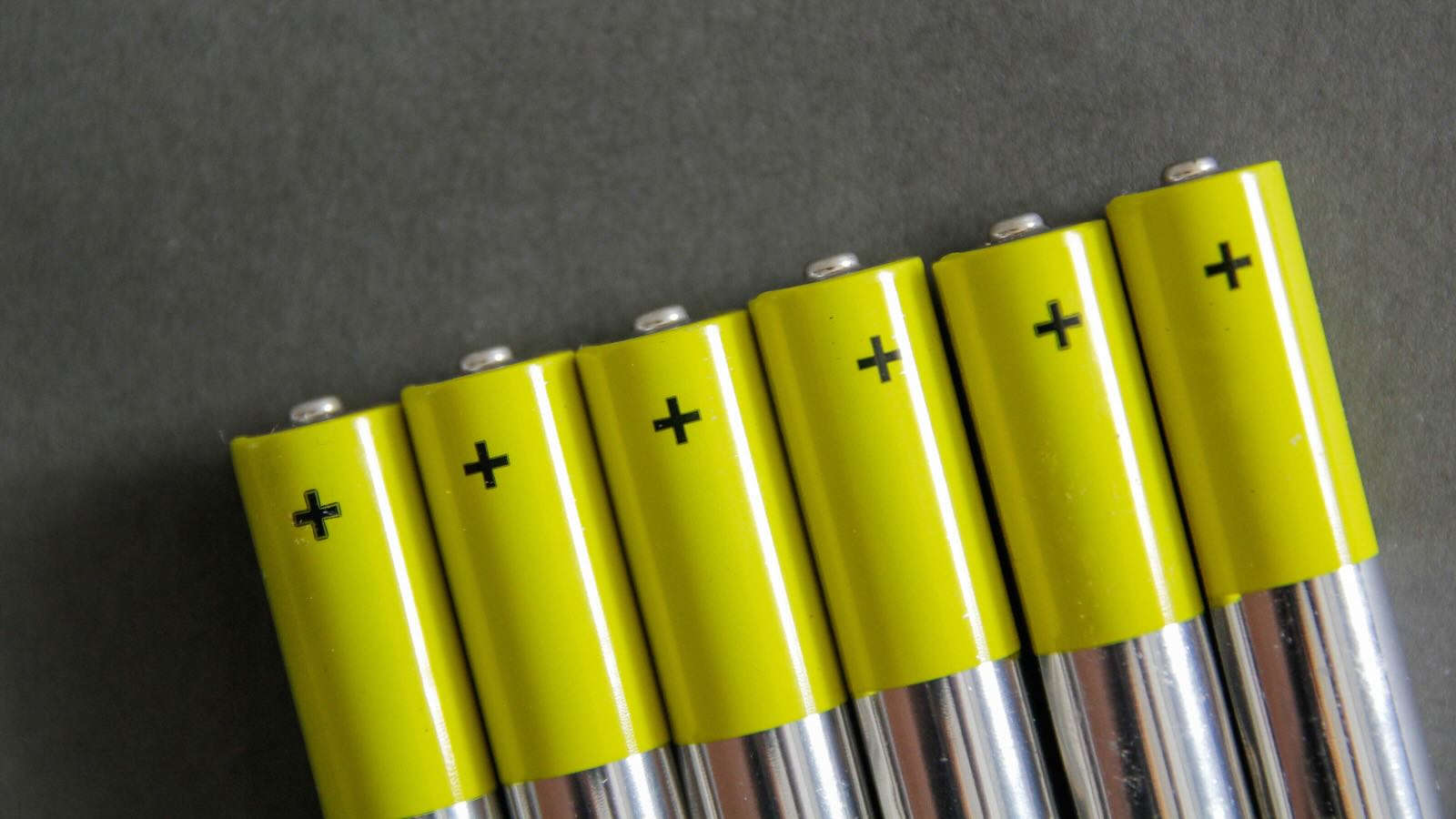
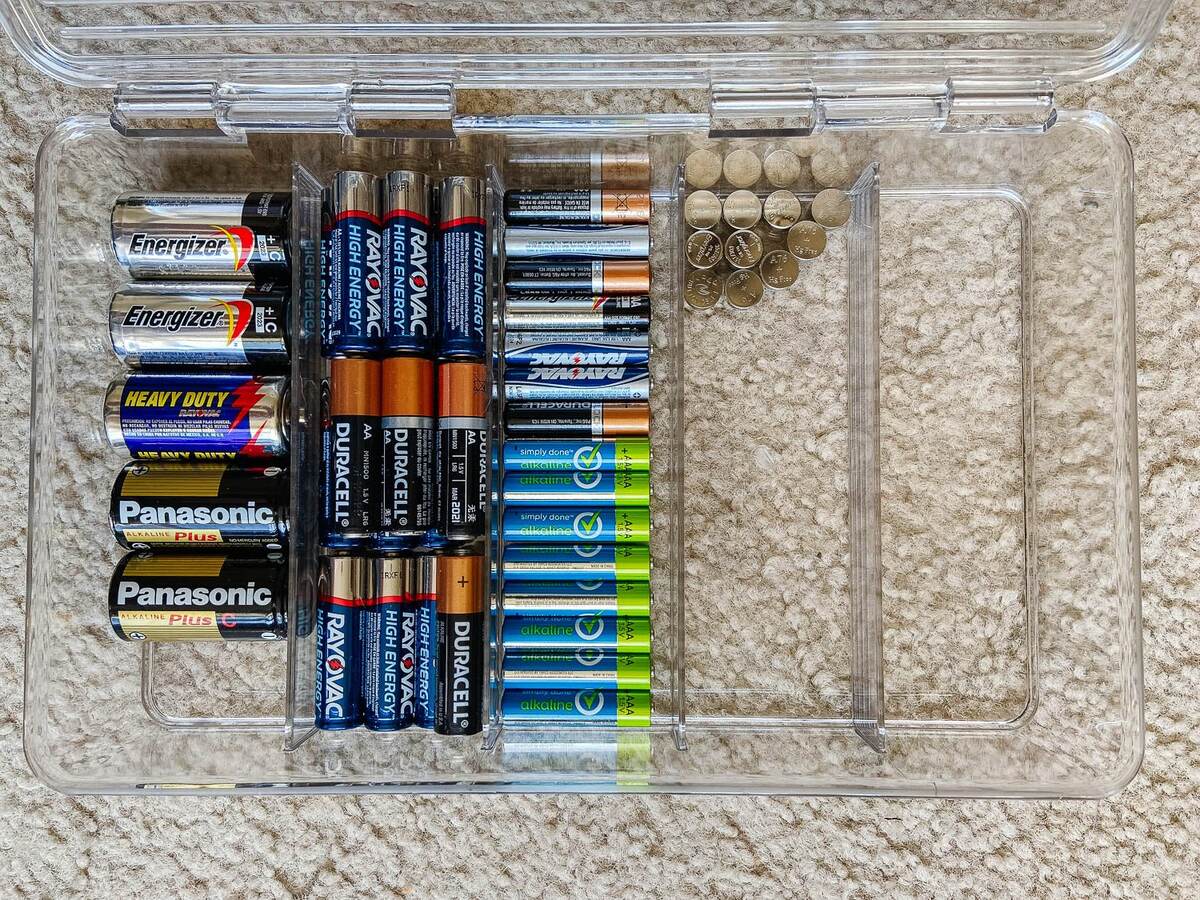
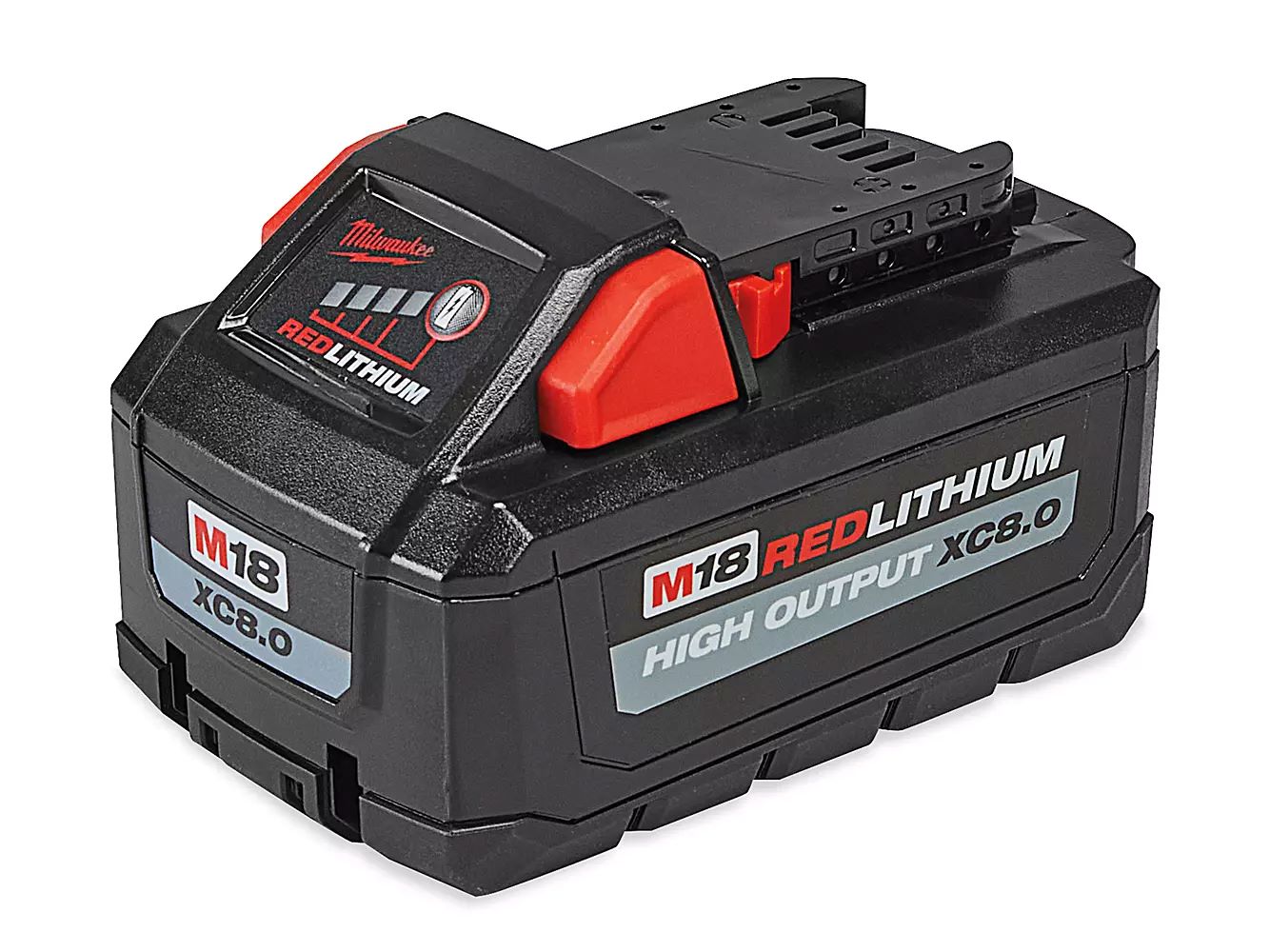
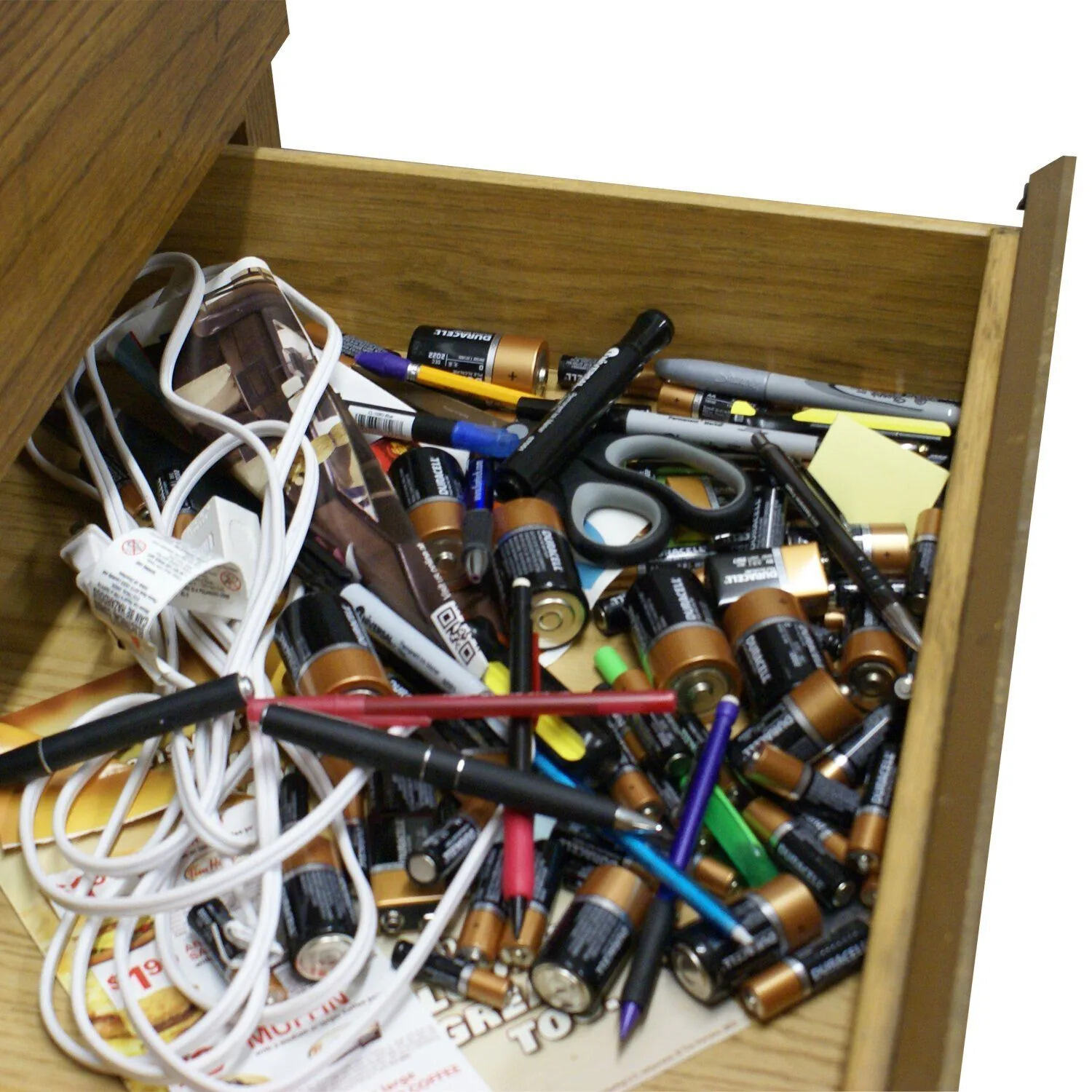
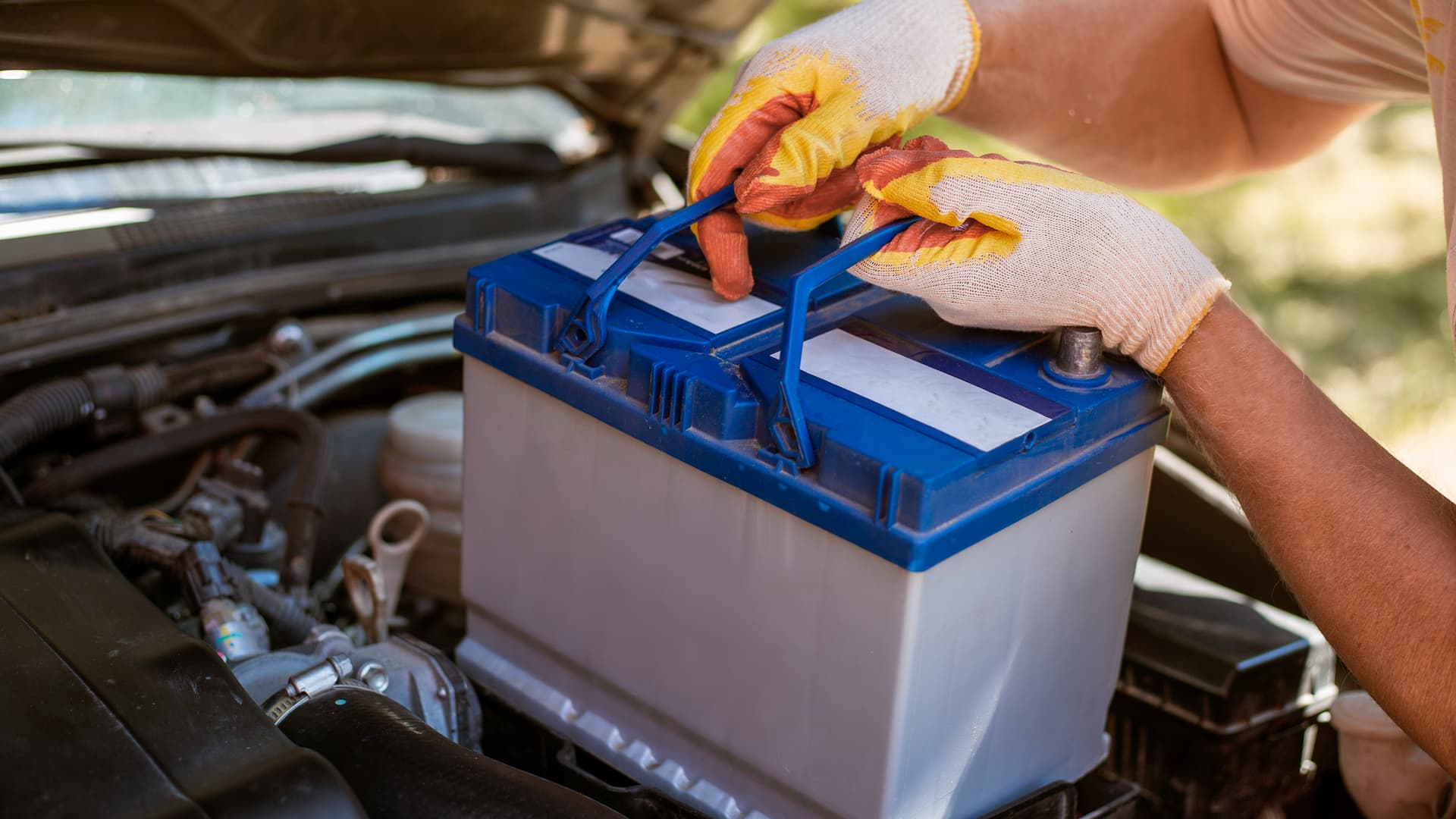
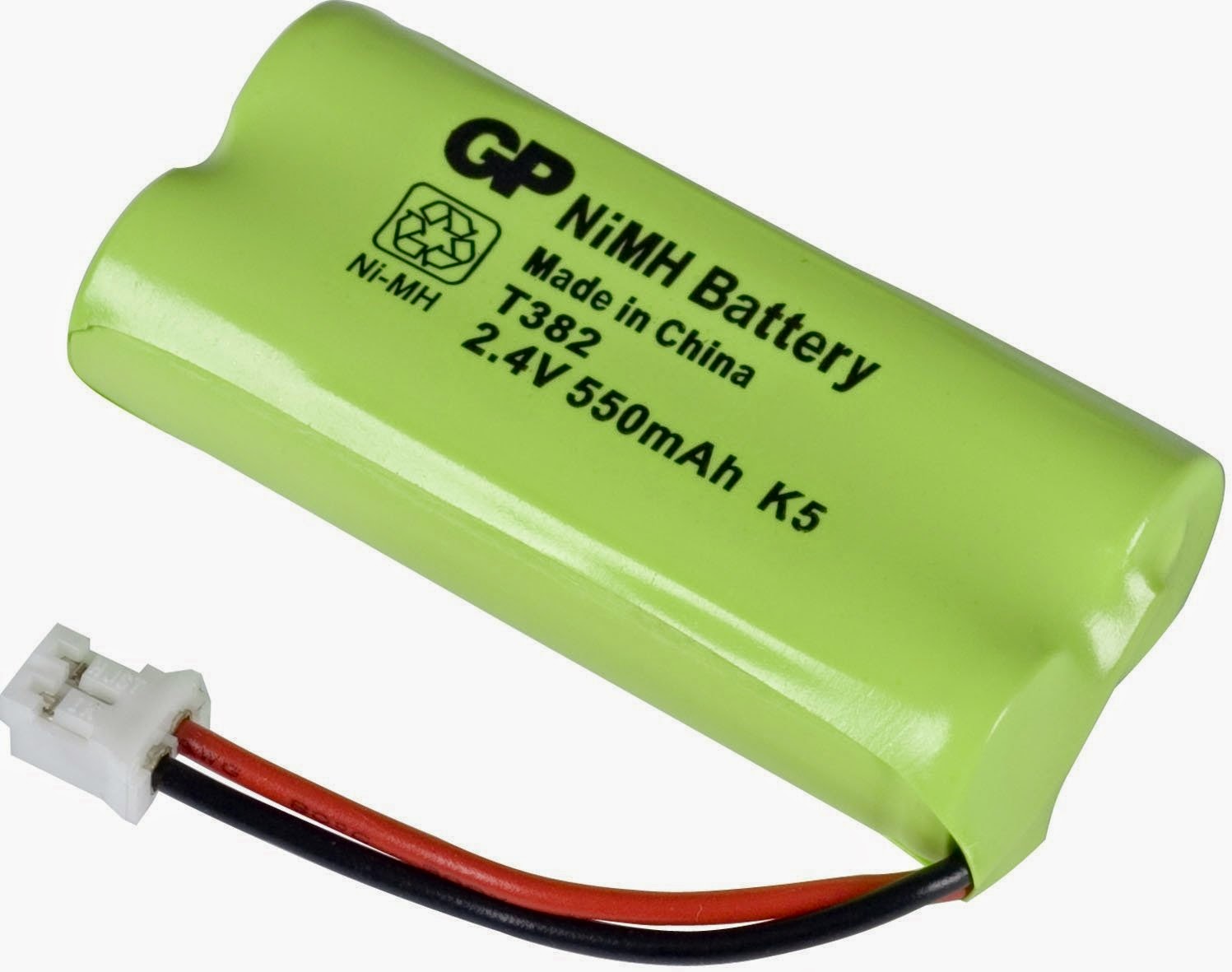
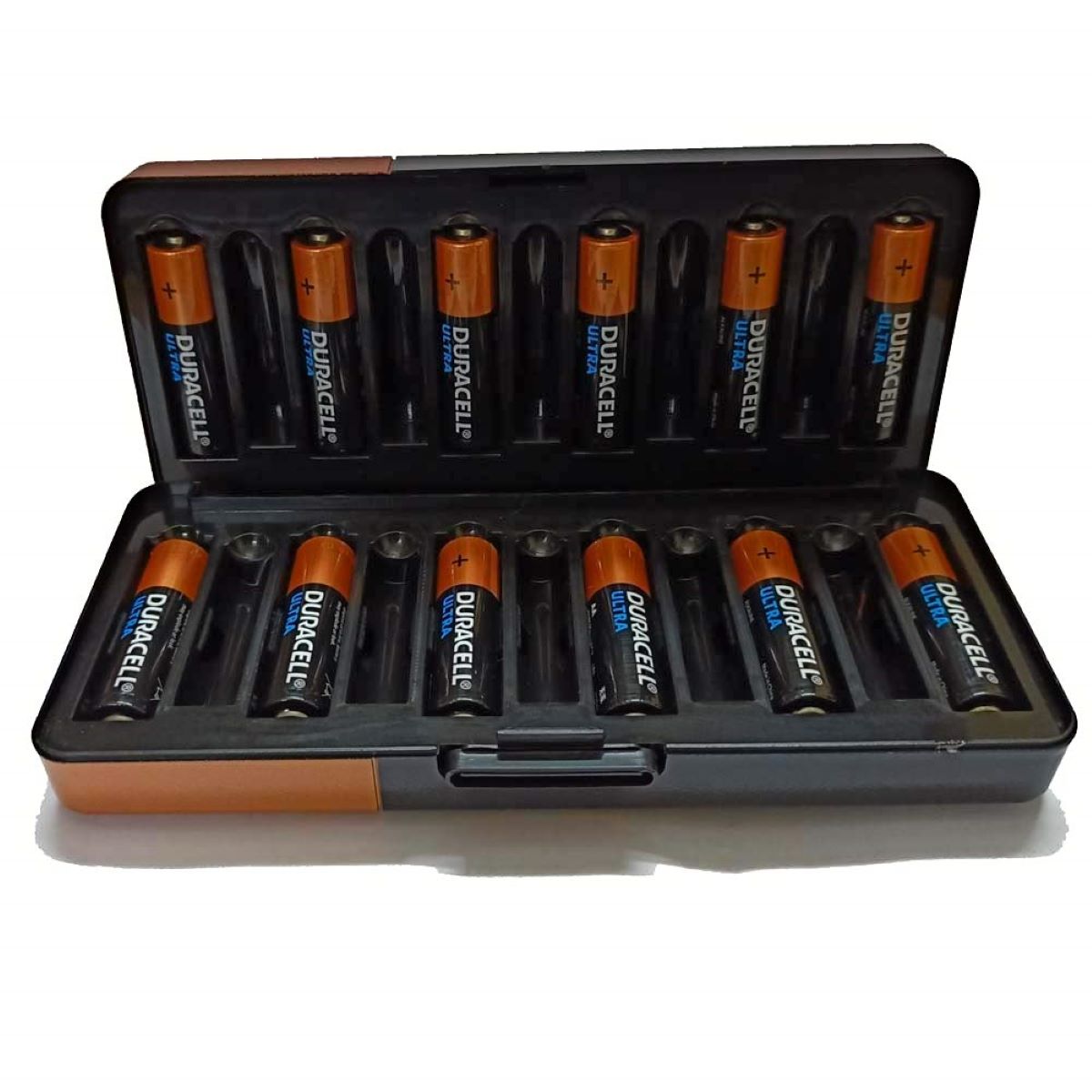
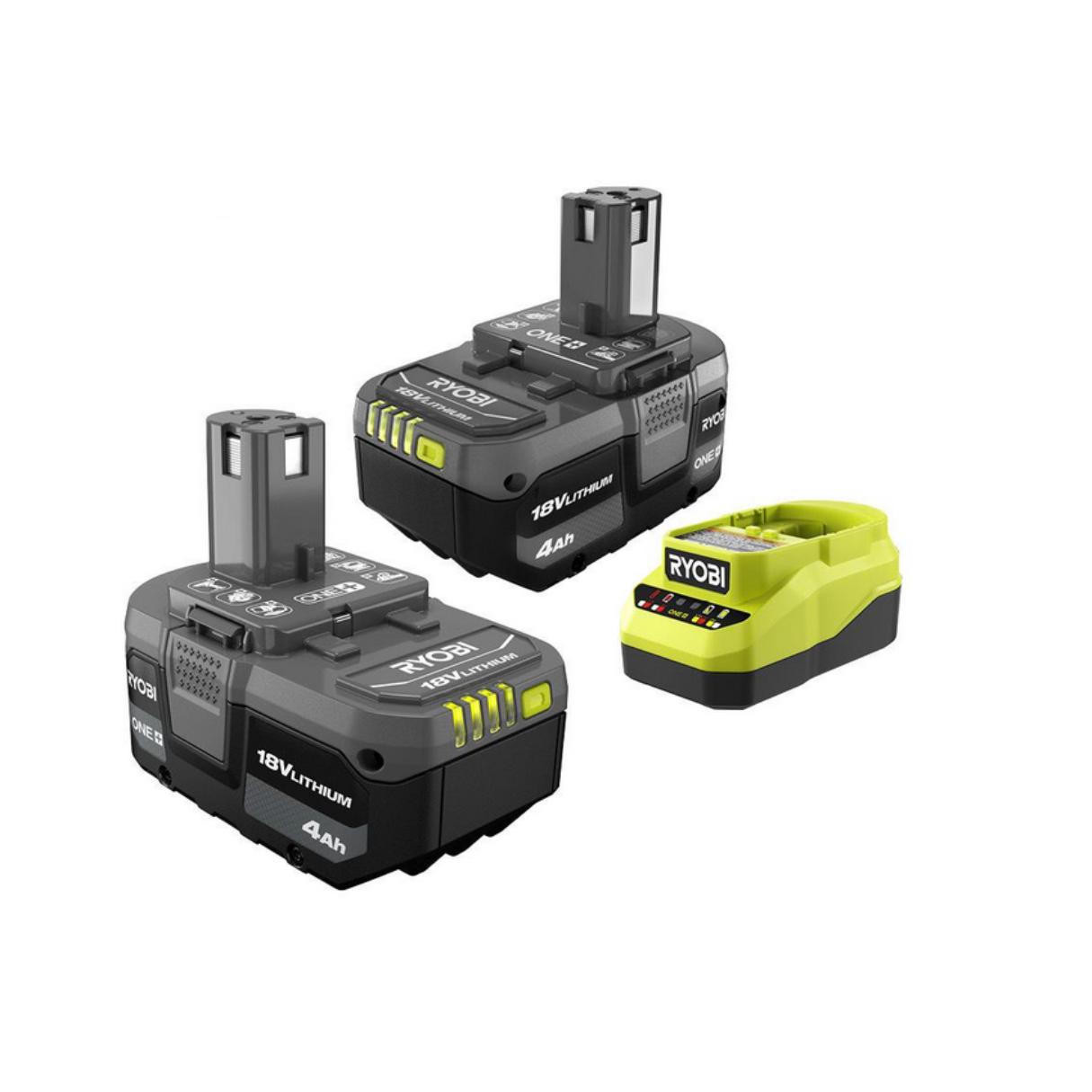
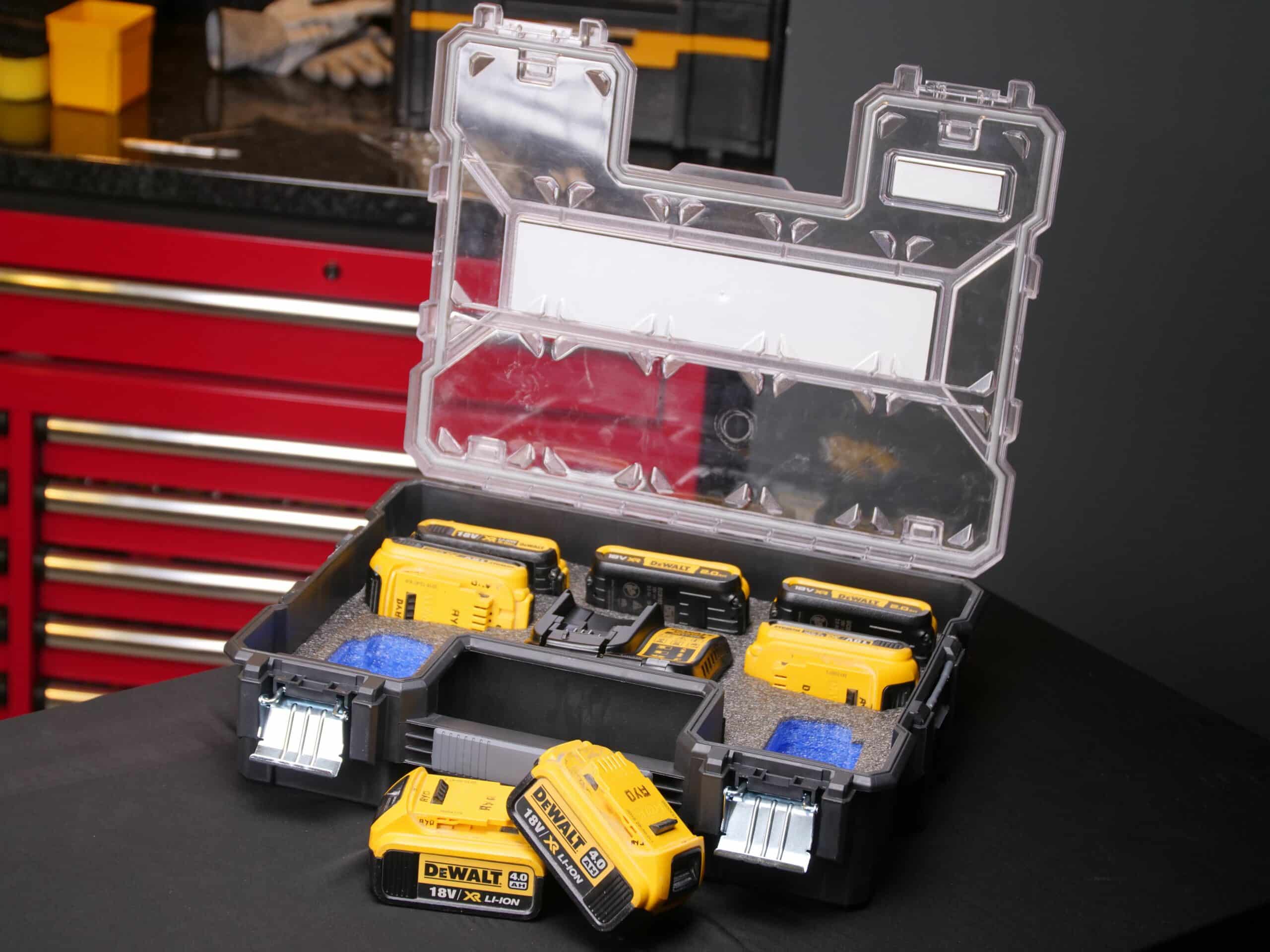
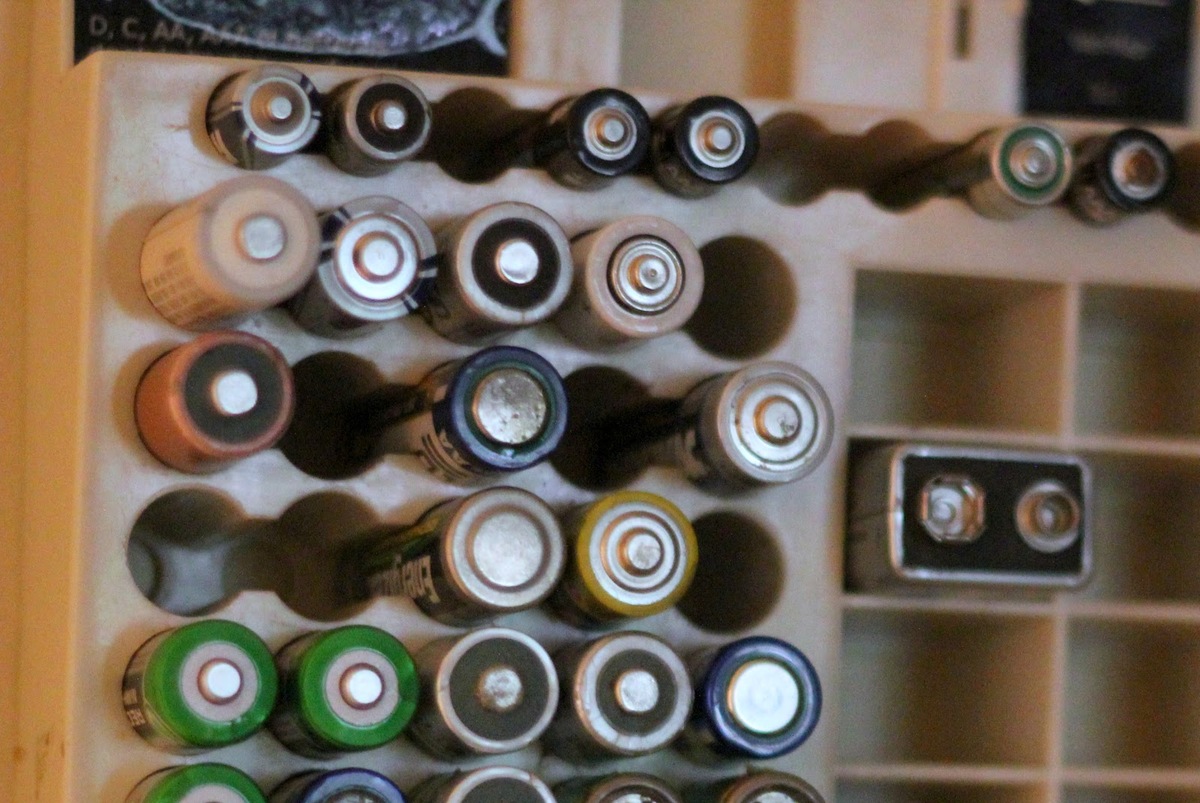
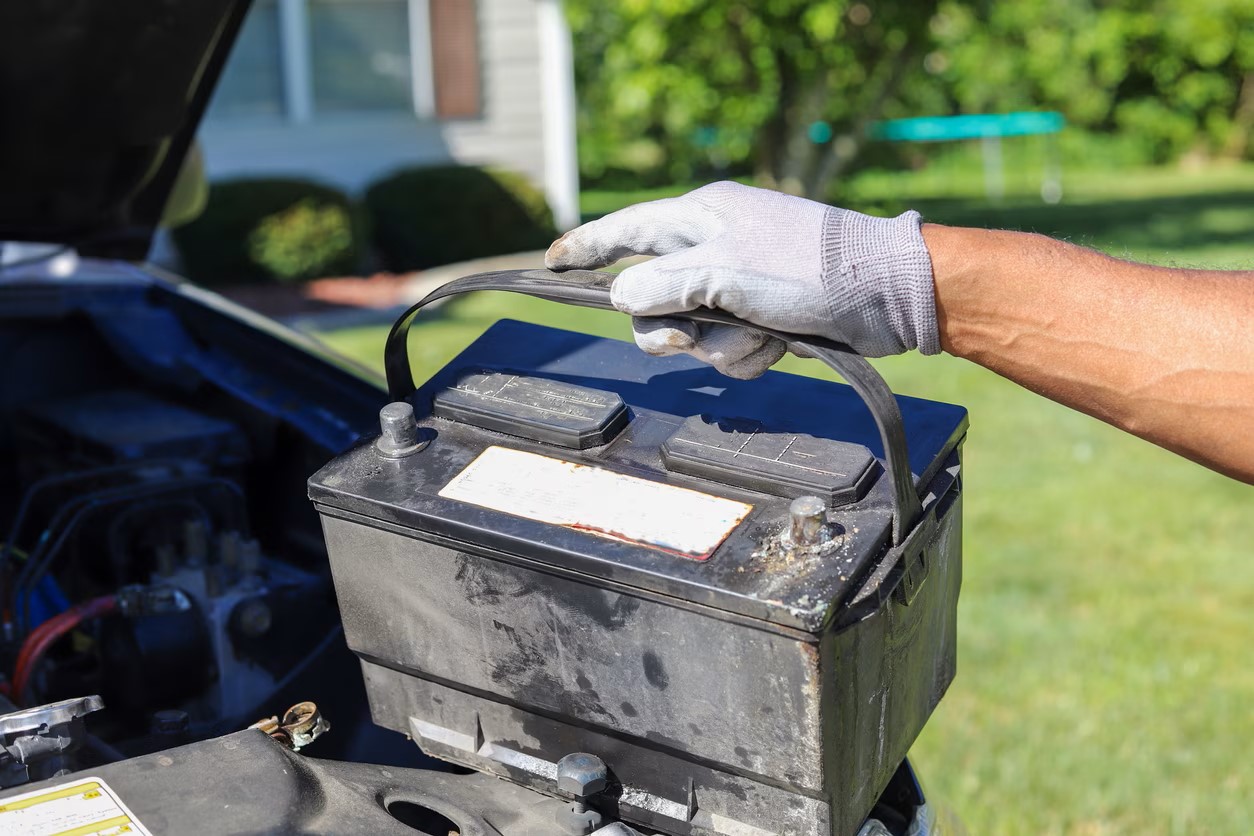
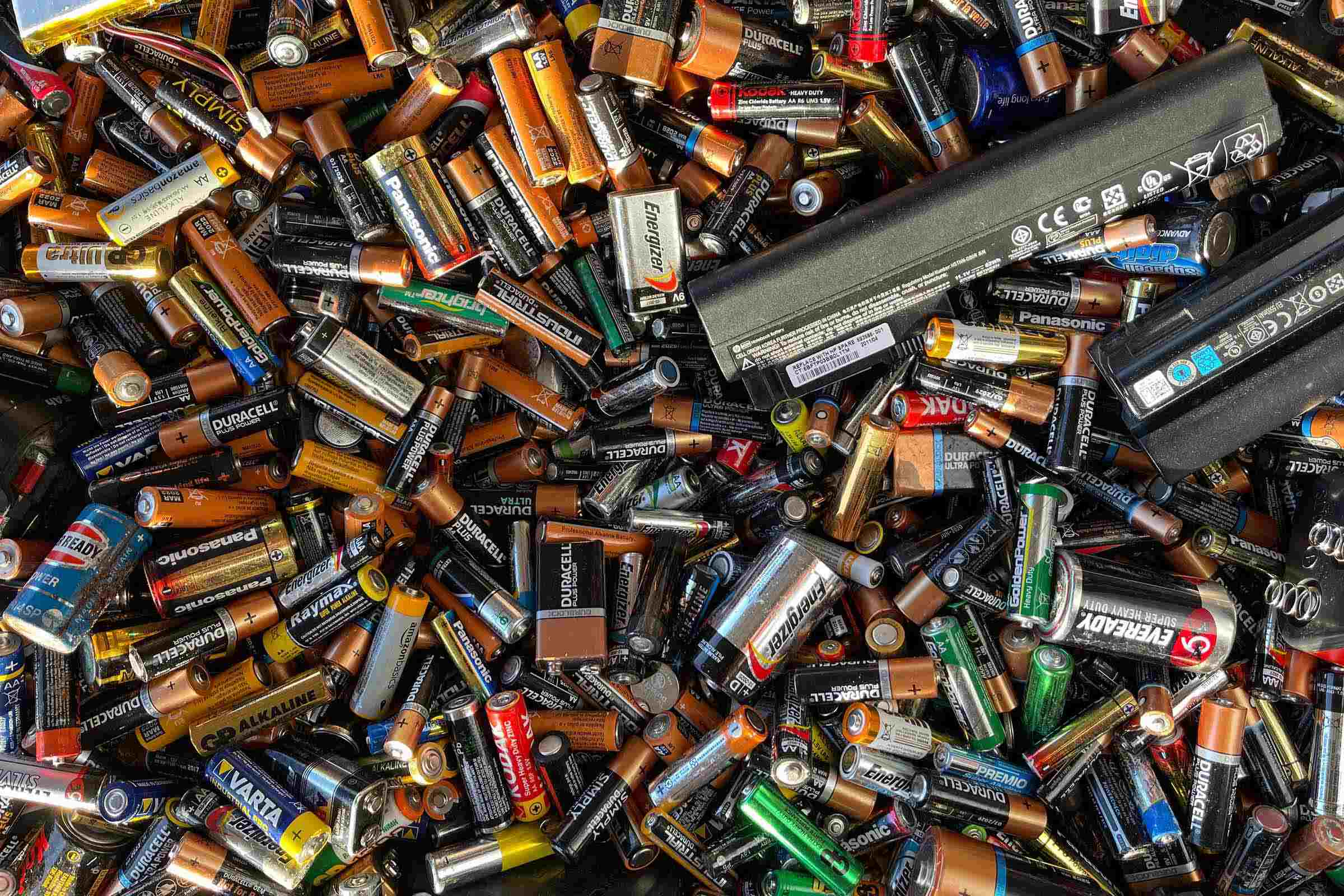
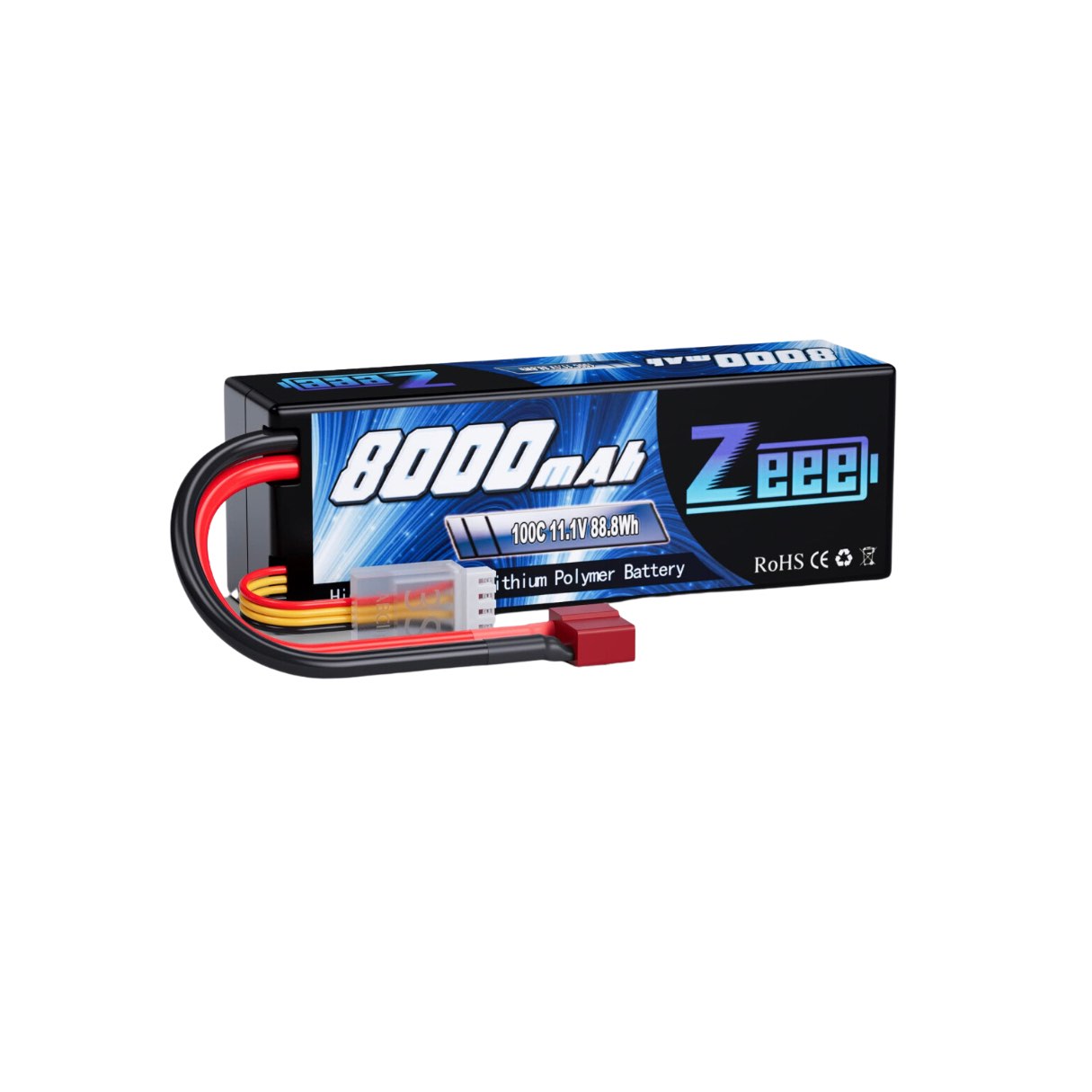

0 thoughts on “How To Store Wind Energy In Batteries”